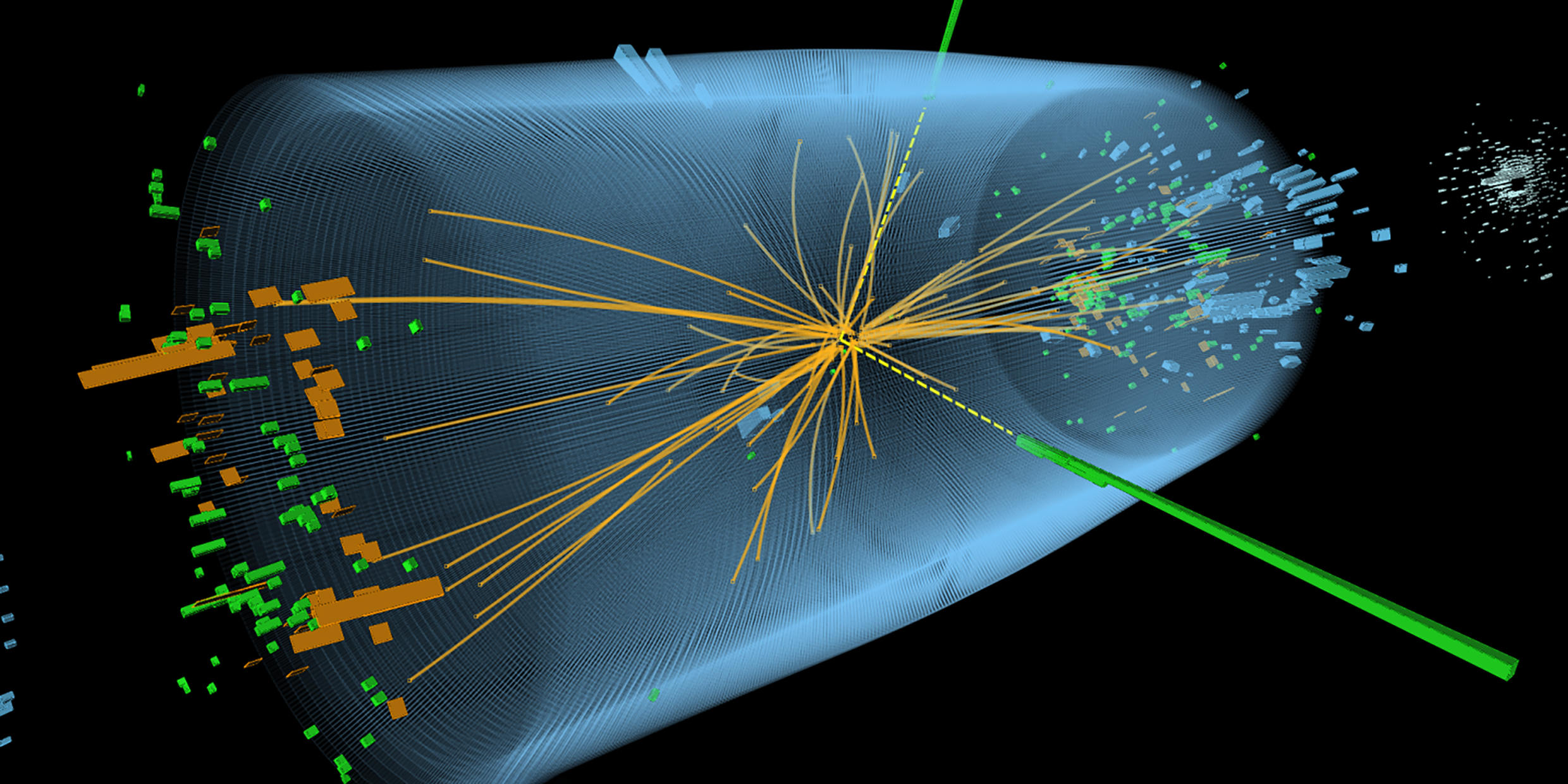Originally published 24 May 1993
American high-energy particle physicists want $10 billion of the taxpayer’s money to build the Superconducting Supercollider, a colossal particle-accelerating machine in a 50-mile-long tunnel under the Texas prairie.
Europeans physicists are asking for money too. They want to build a Large Hadron Collider at CERN near Geneva. The price tag is cheaper than for the more ambitious American machine, but still pricey.
The so-called Holy Grail of both machines is the Higgs boson, a massive particle named for the British physicist who proposed its existence as a way of giving a kind of completion to the current theory of particles. The Higgs is supposedly the ultimate particle, the source of mass of all other particles, and the key to uniting the forces of nature. Nobel-prizewinning physicist Leon Lederman has called it “the God particle.” Steven Weinberg’s book on the quest for the Higgs is called Dreams of a Final Theory.
Britain’s minister for science, William Waldegrave, recently issued a challenge at the annual conference of the Institute of Physics at Brighton, England: Can physicists explain — on a single sheet of paper — what the Higgs boson is, and why it is important to find it? If so, said Waldegrave, he would help them get the money. If not, the public has a right to ask “Why?”
He offered a bottle of vintage champagne for the best response.
Not one to pass up a free bottle of champagne, I offer the following, in verse:
Democritus imagined
a world composed of atoms
bumping in the void
(we are abuzz with them,
he thought). Leucippus
and Lucretius gave assent.
And so it went till Thomson,
Rutherford, and others
discovered nature's trinity---
electrons, protons, neutrons.
How simple! These three
were enough to explain
all that exists. But wait.
As physicists banged
these particles about, others
proliferated like bubbles
in champagne---pions,
muons, neutrinos, quarks,
and so on---a froth of troubles
for searchers of simplicity.
More! Electrons, for example,
interact, repelling. How?
By exchanging photons, Richard
Feynman said. Quarks, too,
get sticky by passing gluons
back and forth (a subtle bit
of Dicky physics, but it worked).
And what of the force called
"weak" between, say, a neutron
and an electron, clearly
not electric. Well, let those
particles too exchange a kind
of anti-glue, called Ws and Zs.
All these---and more---the
physicists found with their
machines (God's plan, it seems,
is not inscrutable to man).
But one, alas! The Higgs,
the heaviest of all, the particle
that passing back and forth
gives all others mass. To make it
will require more energy and purse
than you and I possess.
To make things worse,
no one knows for sure exactly
what the Higgs might be, or if
it exists at all. Lest the physicist's
earnest pleas for funds fall
on unreceptive ears, call
it "the God Particle."
There! Who will deny so grand
a quest: to wrest God's
secret plan from nature's grasp.
Cough up. A billion, please,
or ten. Send those protons
flying on their circumferential
path, to crash, to splatter
a shower of Higgses. Ephemeral,
costly, inconsequential,
yet---a flash, a radiance of mind,
the dream of Democritus
confirmed at last. The Final Theory
(for the time being). What? No cash?
Then share, Mr. Minister,
at least, your bottle of champagne,
perhaps in vino to inspire the folks
in Texas and Geneva (and
Russia and Japan) to find
a cheaper way. The search
for the Higgs boson
goes on.
William Waldgreave awarded bottles of champagne for the five best answers to his challenge. The existence of the Higgs boson was confirmed by CERN scientists in 2012, using the Large Hadron Collider, built at a cost of over $4 billion. ‑Ed.



